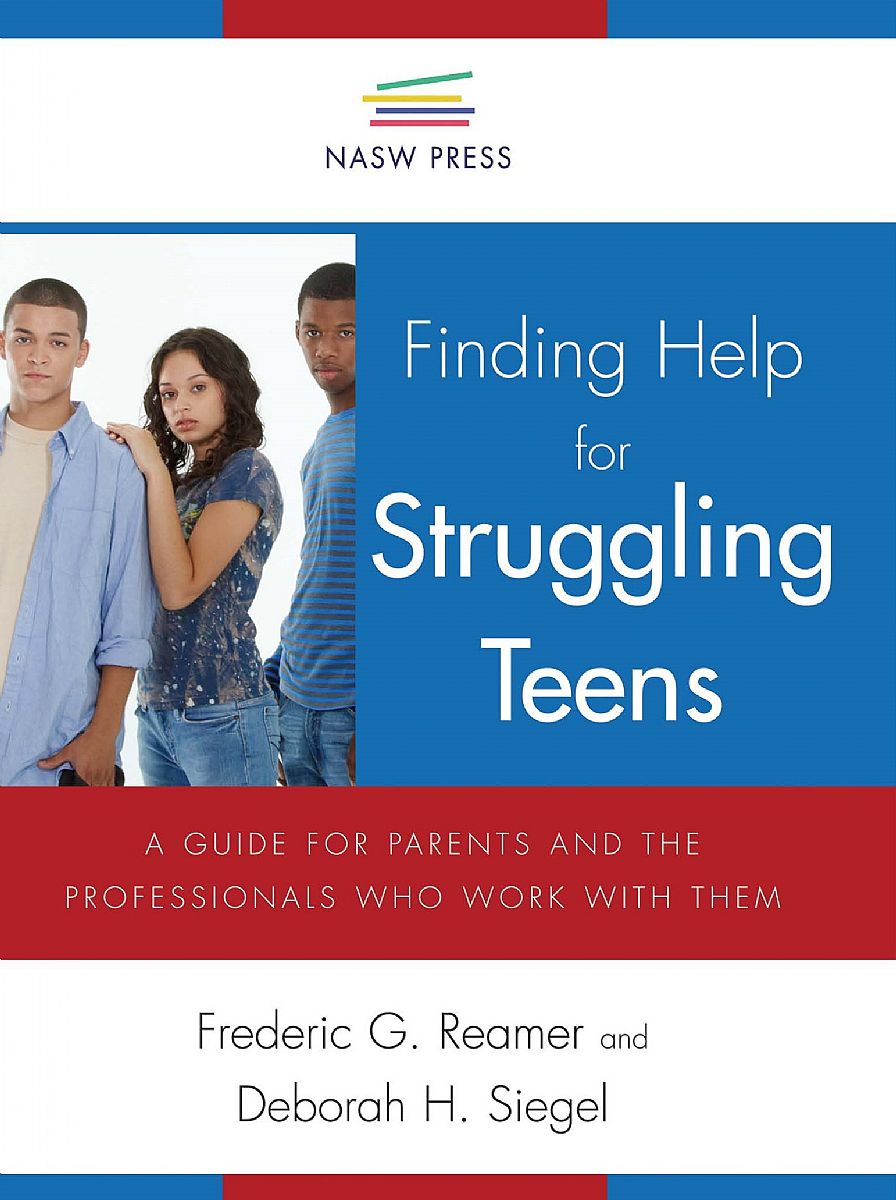
Finding Help for Struggling Teens
Page Count: 80
ISBN: 978-0-87101-373-6
Published: 2006
Can your device download this eBook? Click here before purchasing! eBooks are available in single quantities only.
Struggling teen. Troubled teen. Problem child. Rebellious one. These terms are all too familiar in coping with or addressing youths who show signs of distress. Social relationships are strained and high-risk behaviors are demonstrated. Trying to provide the care and guidance that is needed is a major challenge for parents and other caregivers whose greatest desires for their teen are good mental and physical health and even more, self-confidence and happiness. This guide is designed to provide parents of struggling teens, along with the professionals who work with them, with a concise overview of issues they are likely to face, the range of available services and programs, practical strategies for finding the right services and programs, and advice about how to cope with a struggling teen.
Acknowledgments
Chapter 1: Struggling Teens: Issues and Challenges
Chapter 2: Finding Services and Programs for Struggling Teens: Questions to Ask
Chapter 3: A Guide to Services and Programs
Chapter 4: Coping Guide for Parents: How Do We Get Through This?
Chapter 5: Helpful Resources: Where Can We Get More Information?
Chapter 6: Financial Issues: How Do We Pay for This?
Index
Postscript
About the Authors
